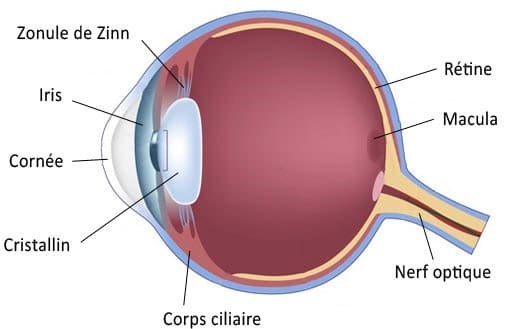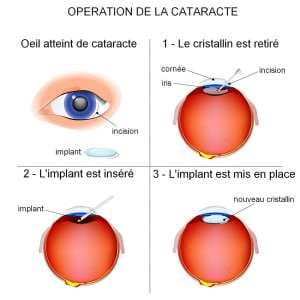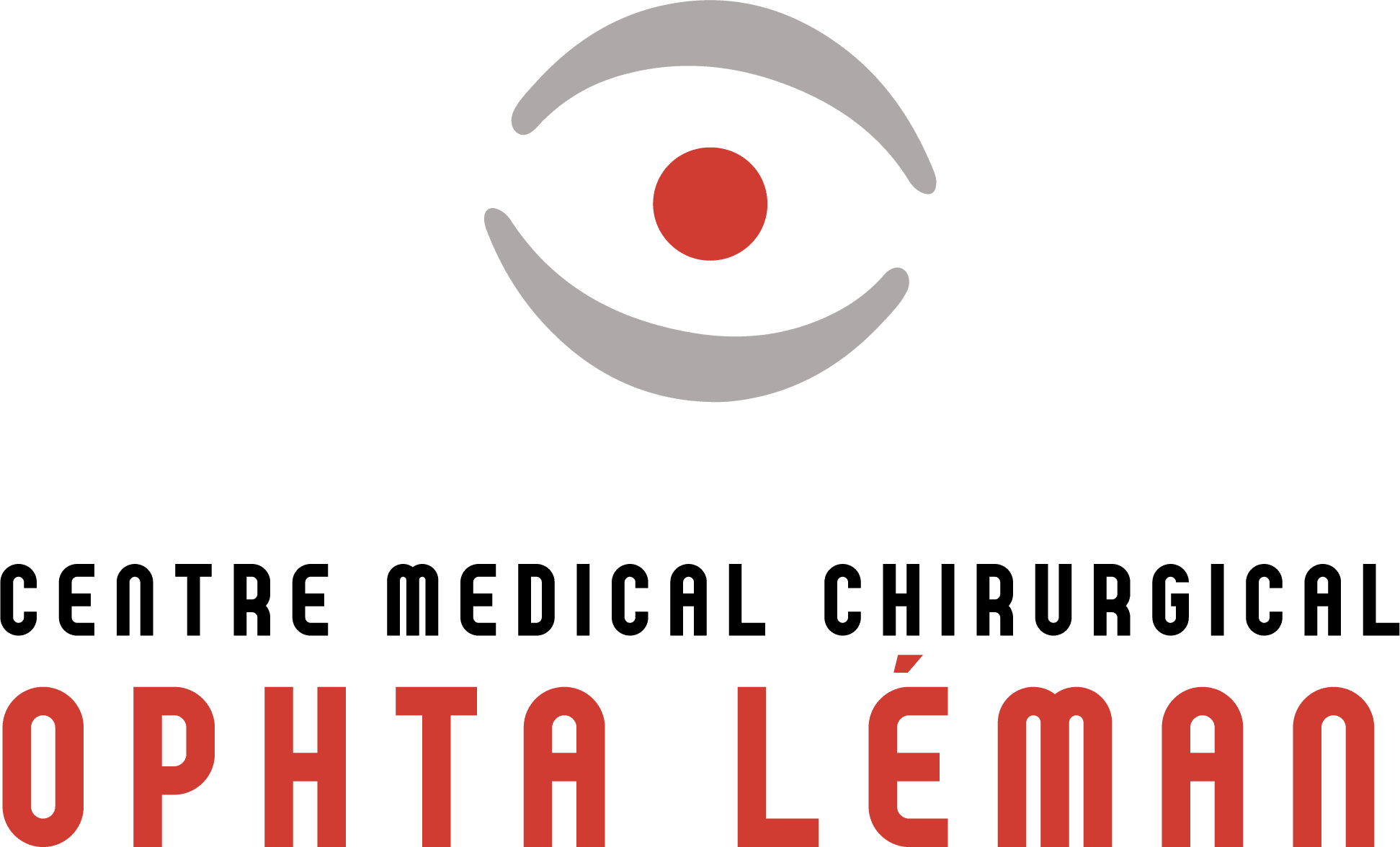CATARACT SURGERY
Cataracts are the partial or total clouding of the crystalline lens, a converging lens located inside the eye. Surgery is the only way to correcto this anatomical alteration, which causes a gradual and regular decrease in vision, as well as increased sensitivity to light.
The surgeon replaces the crystalline lens (natural lens) with an artificial lens, called an implant, inside the eye.
This decrease in transparency is accompanied by a decrease in vision, a degradation of the sharpness of outlines and a feeling of permanent fog. It is very unpleasant and can be limiting, losing the ability to drive for example.
Every year, around 30,000 cataract operations are performed in Switzerland! As part of the preoperative examination, the ophthalmologist will offer patients different types of implants allowing for the correction of not only far, but also near vision, if desired.
WHAT IS THE CRYSTALLINE LENSE?
The crystalline lens is a transparent lens, located just behind the iris. Its role is to concentrate the rays of light and project them on the retina. It is a natural lens, which facilitates far as well as near vision, reading, the intermediate vision required for using computers and / or smartphones as well as all other close-up activities.

SYMPTOMS OF CATARACTS
Sight and acuity gradually decrease in both near vision and far vision. The discomfort is greater in far vision. This loss of vision develops equally across both eyes. The ability to distinguish colours and contrasts also deteriorates.
The first signs usually involve feeling dazzled by bright natural lights and artificial lights, such as car headlights when driving at night and in bad weather. This symptomatic discomfort sets in gradually.

Vision before surgery (left) Vision after cataract surgery (right).
TREATMENT OF CATARACTS
Surgical intervention is the only effective treatment for cataracts. It is very common operation in all cantons in Switzerland. The decision is taken together with the ophthalmologist and the medical team will guide you through the overall process for this outpatient procedure.
When a cataract first develops and is detected, very regular monitoring is essential in order to document its evolution as well as the loss of sight that accompanies it. If the patient does not wish to be operated on, the loss of visual acuity may eventually lead to blindness.
CATARACT SURGERY
How is the surgery performed?
During the cataract operation, the lense will be replaced. This operation is very safe, and very reliable, with a success rate of over 99%.
What does the procedure entail?
Following diagnosis and examination by the ophthalmologist, a complete cataract assessment will be carried out in order to calculate the corrective strength required in the implant. The preoperative examination will also check that there are no contraindications. The anesthesiologist will also consult the patient, with the operation usually taking place under local anesthesia but occasionally under general anesthesia.
A thorough examination of the fundus is carried out prior to surgery to ensure the absence of abnormalities or pathologies of the retina.

How is the operation carried out?
Thanks to anaesthetic eye drops, the patient does not experience any pain or other adverse effects during the surgery.
The ophthalmologist-surgeon first makes a micro-incision in the anterior part of the eye. This incision is to enable the insertion of a probe which will fragment and aspirate the crystalline lens. The capsule (the part that envelops and surrounds the lens) remains in place, such that the artificial implant is positioned within it, occupying the site of the crystalline lense once removed.
The intervention is rapid, taking between 15 to 30 minutes. It is entirely an outpatient procedure, with no hospitalisation in most cases. The patient goes home the same day.

What happens after cataract surgery?
Following the operation, the paramedical team will offer the patient a postoperative appointment, generally 1 or 2 weeks after the operation, and then another after one month has passed.
Postoperative treatment (eye drops) is prescribed by the surgeon and must be strictly observed. Visual acuity and sight improve right from the start
The paramedical team produces a treatment follow-up schedule in order to support the patient during the postoperative phase.
The main elements to adhere to for one month, to avoid any risk of infections are:
- Keep the protective patch on for the time recommended by the surgeon
- Do not rub your eyes
- Do not expose yourself to dusty environments
- Do not practice any water sports or other nautical activities
MARTIGNY
Adress :
Centre médical Vigimed
Rue du Léman 18B
1920 Martigny
Phone no. : 027.722.29.31
Email :
martigny@ophtaleman.ch
CLARENS
Adress :
Clinique CIC
Rue du Grammont 2
1815 Clarens
Phone no. : 021.964.49.63
Email :
clarens@ophtaleman.ch
